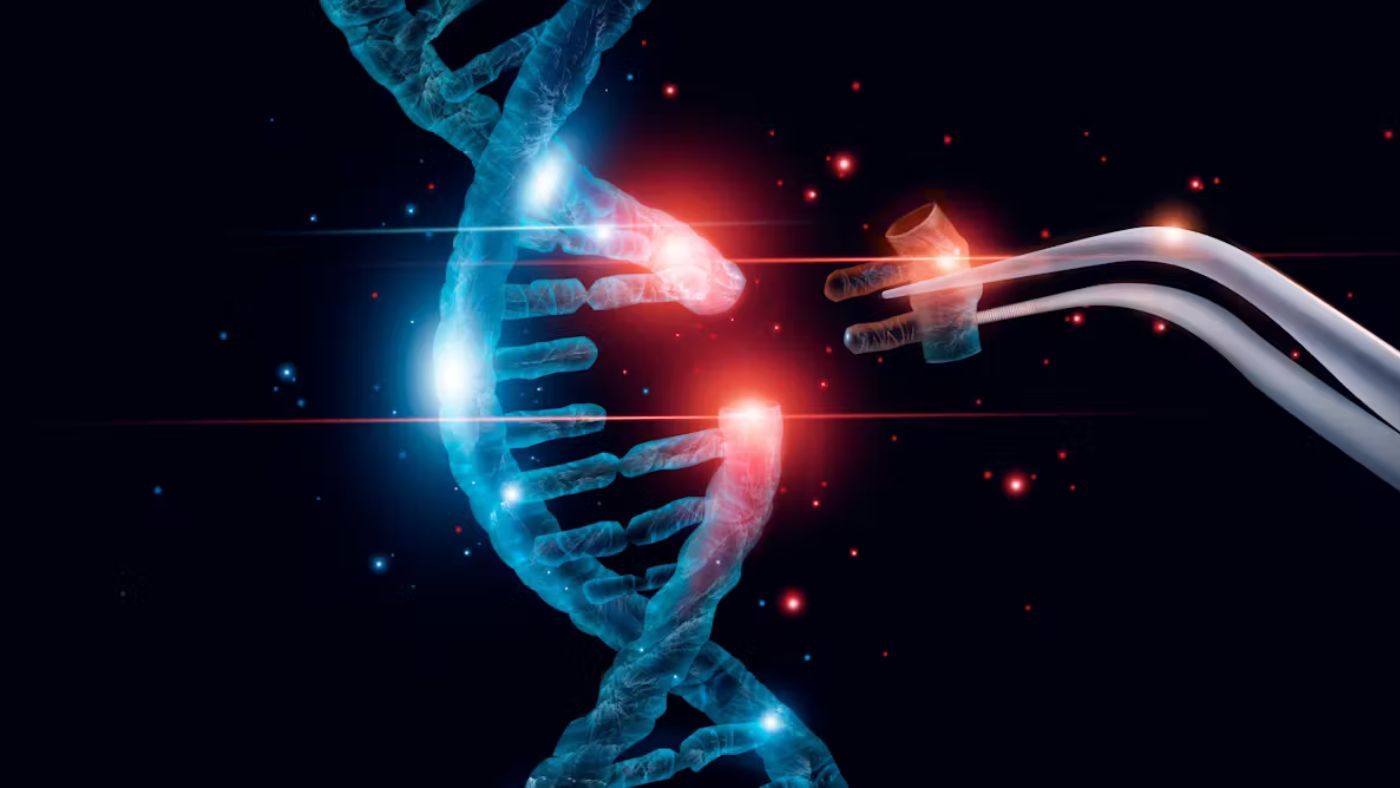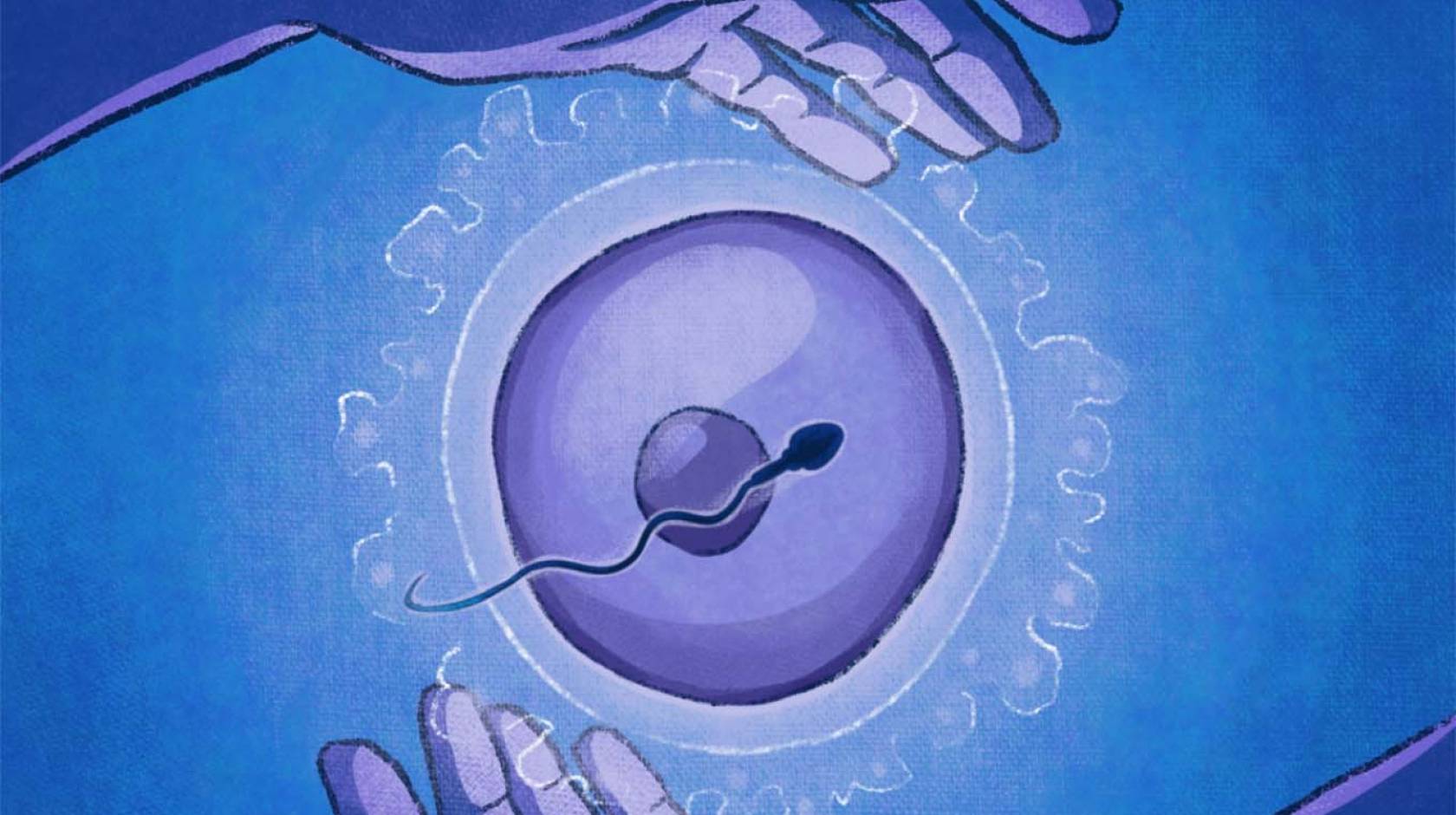A study led by the University of Michigan, analyzing genetic and health data from over 276,000 individuals, provides robust evidence supporting a long-standing evolutionary theory on aging and senescence.
In 1957, evolutionary biologist George Williams proposed that genetic mutations contributing to aging might be favored by natural selection if they confer early-life advantages, such as promoting earlier reproduction or higher offspring production.
At the time, Williams was an assistant professor at Michigan State University.
Known today as the antagonistic pleiotropy theory of aging, Williams’ idea remains the prevailing evolutionary explanation for senescence—the process of aging.
While the theory has been supported by isolated case studies, genome-wide evidence has been lacking until now.
Published in Science Advances, the study conducted by U-M evolutionary biologist Jianzhi Zhang and Chinese colleague Erping Long tested Williams’ hypothesis using data from the UK Biobank.
They found a strong negative genetic correlation between reproduction and lifespan, indicating that mutations promoting reproduction tend to shorten lifespan.
According to the study, individuals with mutations predisposing them to higher reproductive rates have lower probabilities of reaching age 76 compared to those with mutations favoring lower reproductive rates.
However, the authors caution that both genes and environment influence reproduction and lifespan.
They emphasize that genetic factors, as discussed in their study, play a relatively minor role compared to environmental factors such as contraception, abortion, and medical advancements affecting reproduction and lifespan.
“These results strongly support the Williams hypothesis that aging results as a byproduct of natural selection for earlier and more reproduction,” said Zhang, the Marshall W. Nirenberg Collegiate Professor in the U-M Department of Ecology and Evolutionary Biology.
“Natural selection prioritizes reproductive success, largely regardless of post-reproductive lifespan.”

In biology, fitness measures how an organism’s traits increase its offspring count. Zhang noted,
“Interestingly, controlling for genetically predicted reproduction amount and timing, having two children correlates with the longest lifespan. Having fewer or more children both reduces lifespan,” consistent with prior studies.
Erping Long, from the Chinese Academy of Medical Sciences and Peking Union Medical College and a former visiting student at U-M, co-authored the Science Advances paper with Zhang.
Pleiotropy in genetics suggests that a single mutation can influence multiple traits.
Antagonistic pleiotropy, proposed by Williams, posits that the same mutation can be beneficial or harmful depending on circumstances, underpinning the origin of aging.
Senescence, biologically, refers to a gradual decline in bodily functions, characterized by reduced reproductive performance and increased death rates with age.
Using the UK Biobank database, Zhang and Long assessed the genetic relationship between reproduction and lifespan at a genomic scale.
They examined 583 reproduction-related genetic variants, finding that variants linked to higher reproduction have increased in frequency in recent decades, despite correlating with shorter lifespans—a presumed outcome of natural selection favoring higher reproduction.
“The antagonistic pleiotropy hypothesis suggests mutations boosting reproduction but shortening lifespan are favored due to larger fitness benefits than detriments,” explained Zhang.
Despite these genetic insights, global shifts in lifestyles and technologies have led to declining birth rates and increased reproductive health issues.
Concurrently, human life expectancy has risen from 46.5 years in 1950 to 72.8 years in 2019.
“These trends primarily result from environmental changes, contrasting sharply with genetic variants identified in our study,” Zhang remarked.
“This disparity underscores the minor role of genetic factors compared to environmental influences on studied human phenotypic changes.”
